Dwarf Korean Lilac Tree: Pruning To Reduce Size
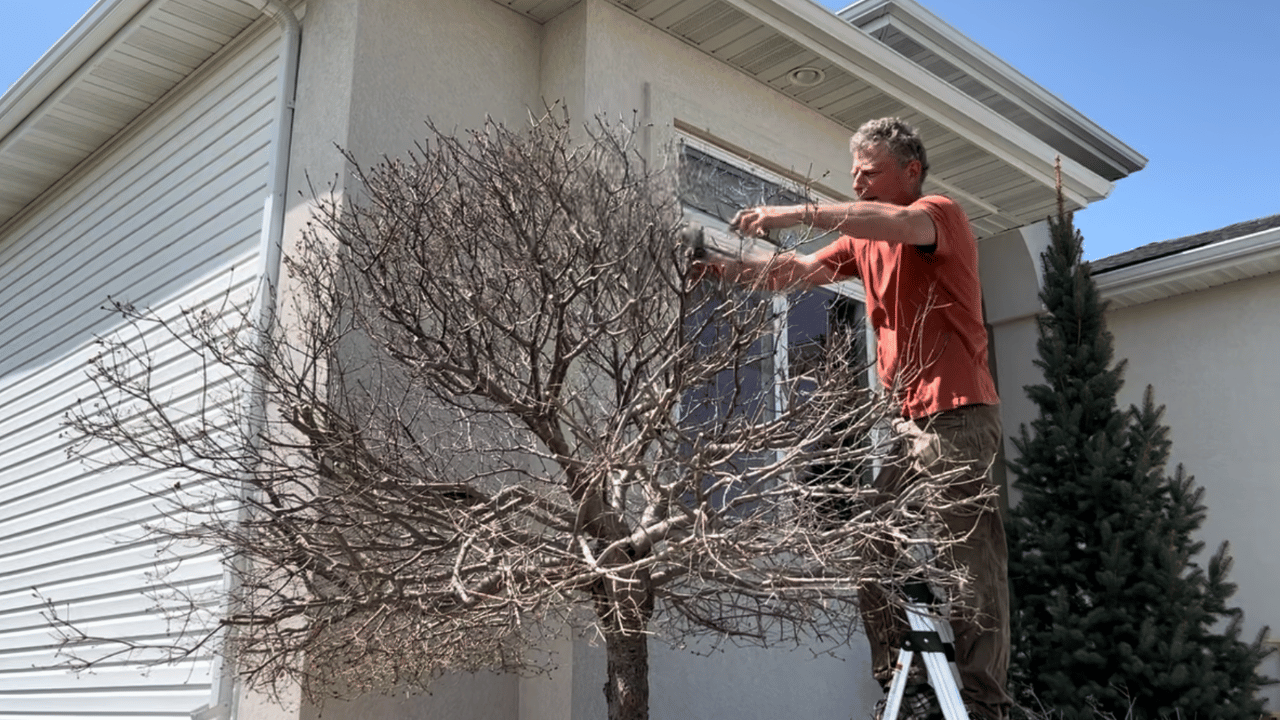
Dwarf Korean Lilac, Syringa meyeri ‘Palibin’
Lilacs are known for their showy spring flowers with a beautiful scent. Dwarf Korean Lilac is one of the smaller lilac varieties available. It is incredibly hardy and grows in many different types of soil. For best flowers, full sun is necessary.
The leaves during the growing season are green and ruffled; fall colors range from red hues to yellow depending on the amount of sun it receives.
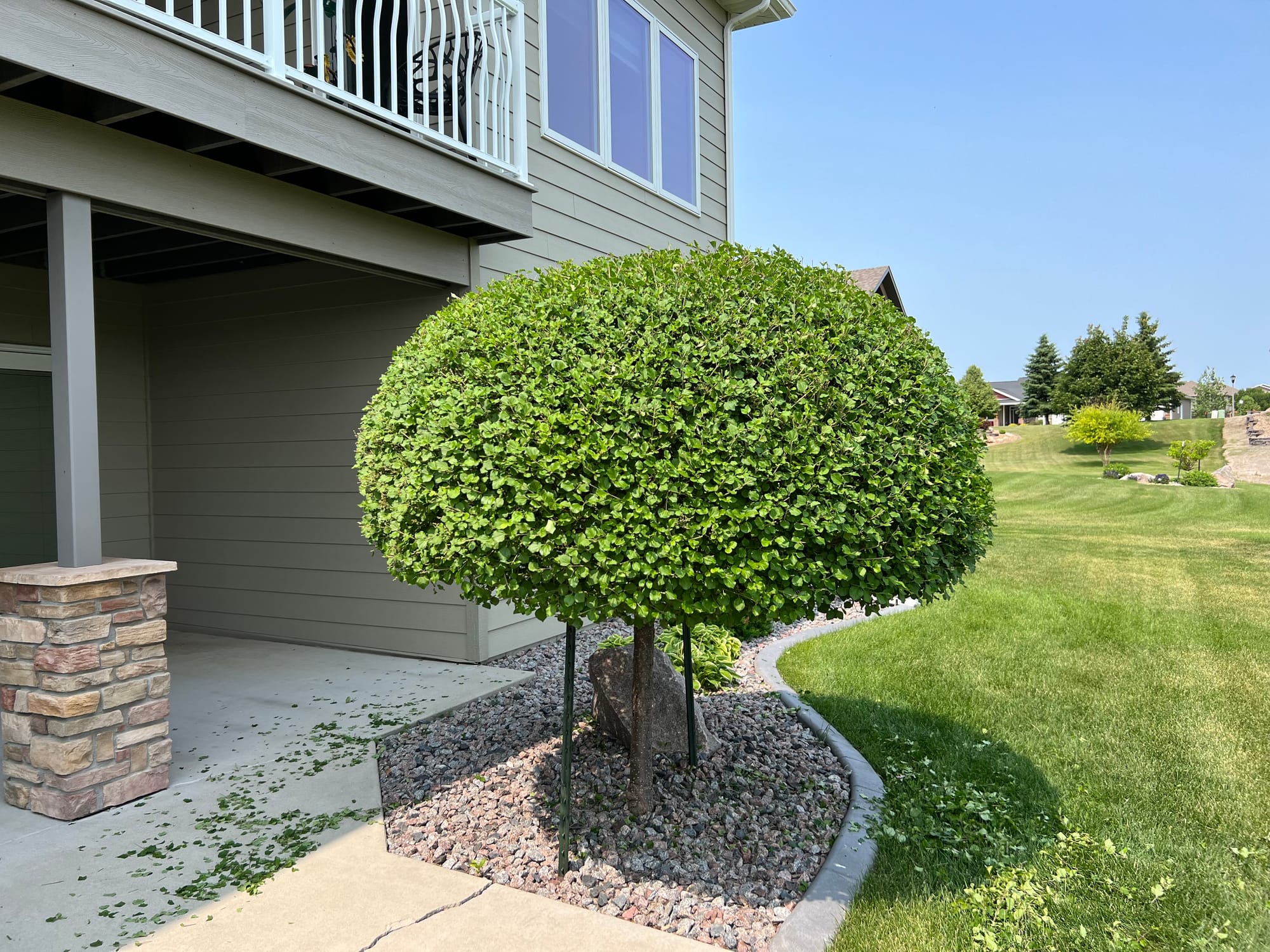
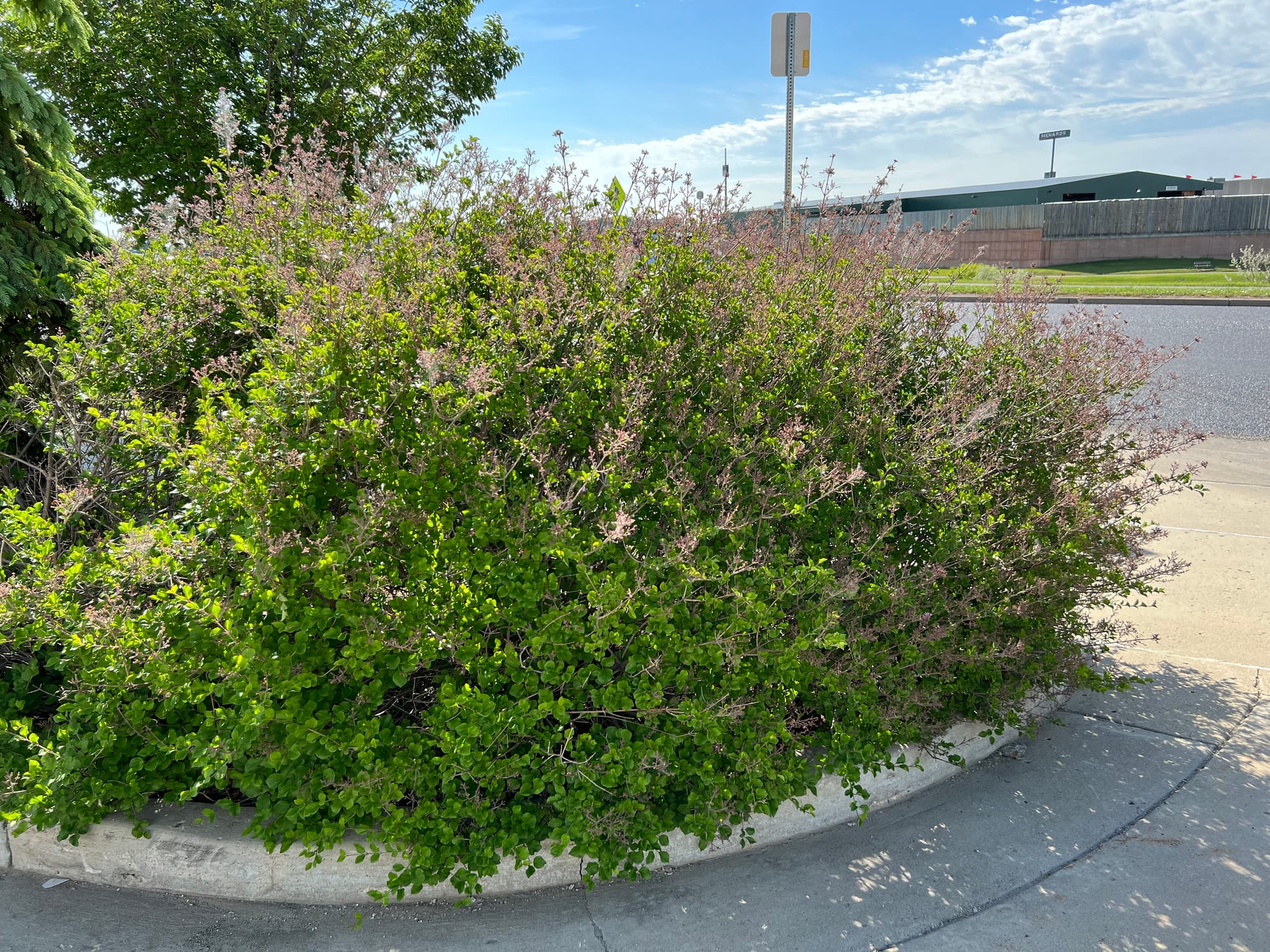
Dwarf Korean Lilac Tree - Dwarf Korean Lilac Shrub
The Dwarf Korean Lilac is mainly sold in shrub form. But it makes a beautiful small tree when grafted onto tree rootstock.
Grafted rootstock what?
Grafting is a technique whereby plants' tissues are joined to continue their growth. The upper part of the combined plant is called the scion wood, while the lower part is the rootstock. The success of this union requires that the vascular tissues grow together.
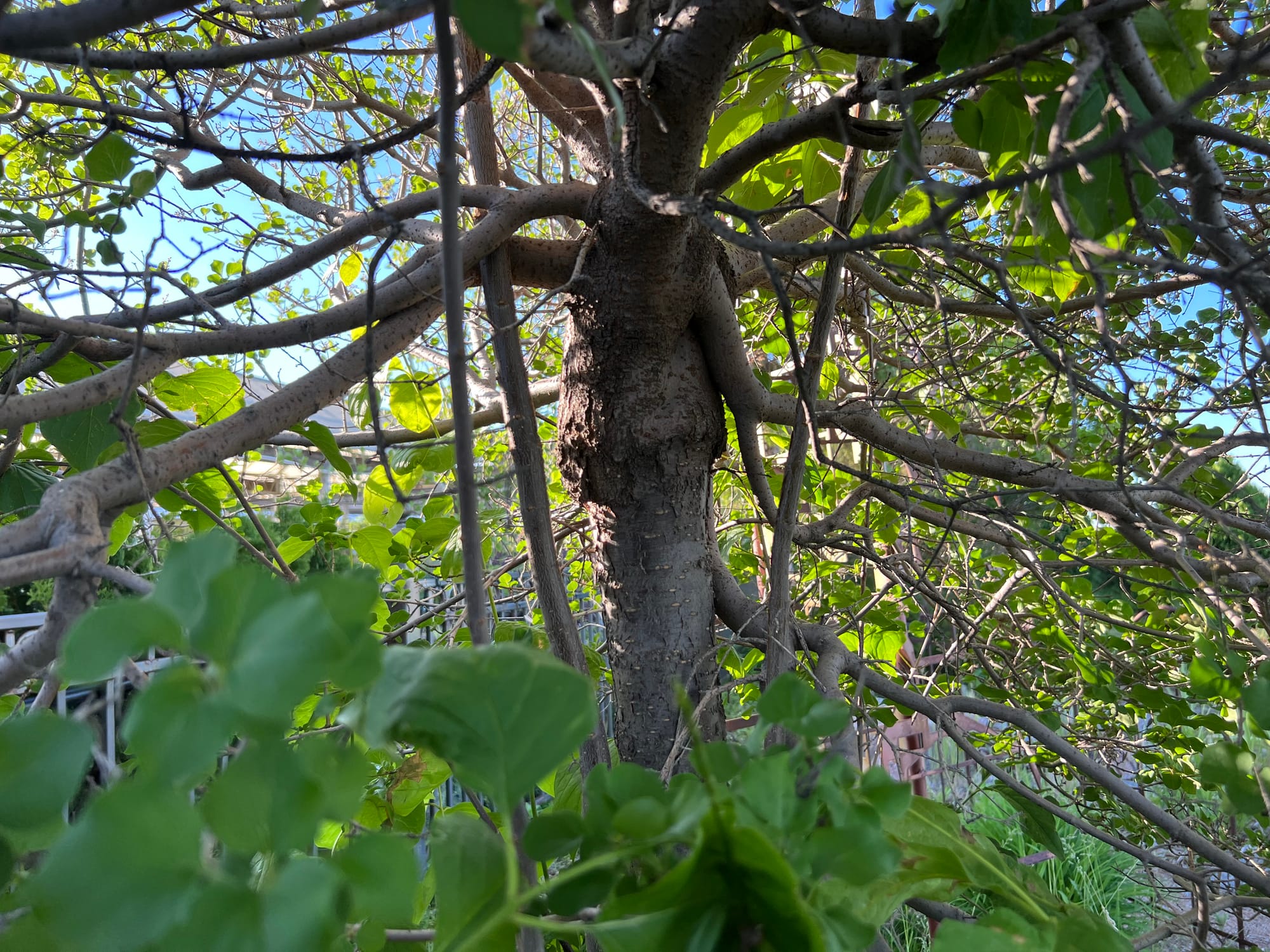
Graft Union On Older Dwarf Korean Lilac Tree
So, a Dwarf Korean Lilac tree is a shrub form growing on the rootstock of the Japanese Tree Lilac (Syringa reticulata). Cool! In the nursery trade, it is called grafting on standard.
The shrub form of the Dwarf Korean Lilac is usually listed as 4-6 feet tall and wide. When grafted onto a standard at a height of 4 feet, you will now have a tree that will get 4-6' wide x 8-10 feet tall.
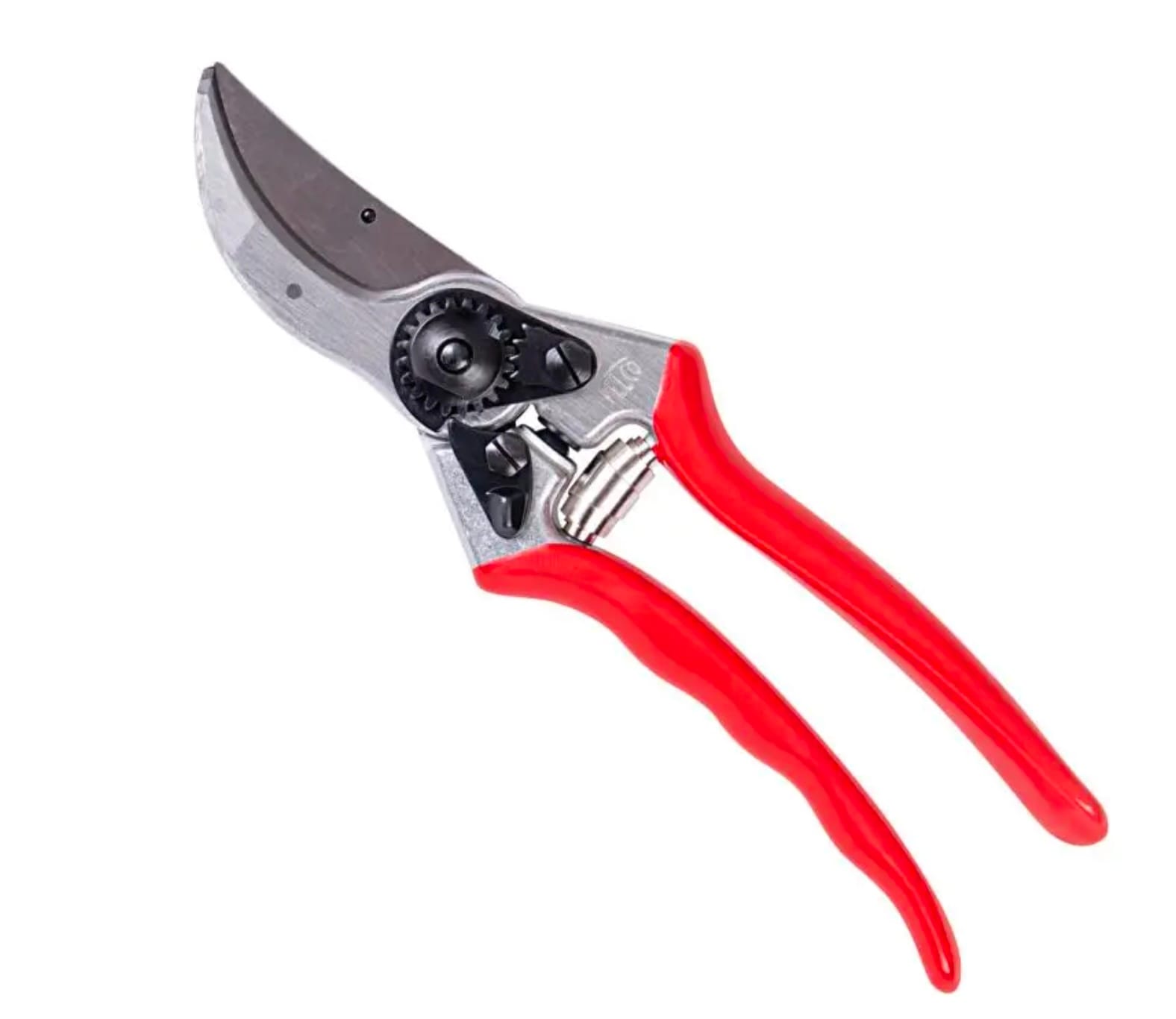
FELCO Model 2 Hand Pruner
FELCO's Classic award winning pruner. Long lasting durability.
Garden Hike is supported by its audience. When you purchase through links on this site, we may earn a small commission at no additional charge to you.
Most trees and shrubs of all genera will exceed the height and width ranges you find in references and that is certainly the case with Dwarf Korean Lilac.
This brings us to the topic of pruning a large Dwarf Korean Lilac with the goal of dramatically reducing the size. Take a look at the process:
The best rule of thumb for pruning lilacs (when the goal is to have blooms again the following season) is to do your shearing directly after the blooms have finished. This pruning process will stimulate new growth on the plant rather quickly and allow enough time for flower buds to develop. You will be limited in how much you can take off when pruning mid-season, usually less than 12" of growth.
Since the goal of the pruning in the video was to reduce the size of the plant (rejuvenation pruning), it was necessary to do the pruning while the plant was dormant. The Dwarf Korean shown in the video will not have any blooms that same season since Lilacs bloom on old wood (there are some newer varieties available now like Bloomerang, that will bloom on new wood).
But the following year's flowers should be fantastic; at this point, they can be lightly sheared after the blooms have finished and each season again. As long as this light pruning is done each season, keeping the tree at a much more manageable size for many years should be easy.
I've seen other Lilac varieties grafted on standards, including Miss Kim, Bloomerang, and Tinkerbelle. Dwarf Korean is by far the most common in my area.
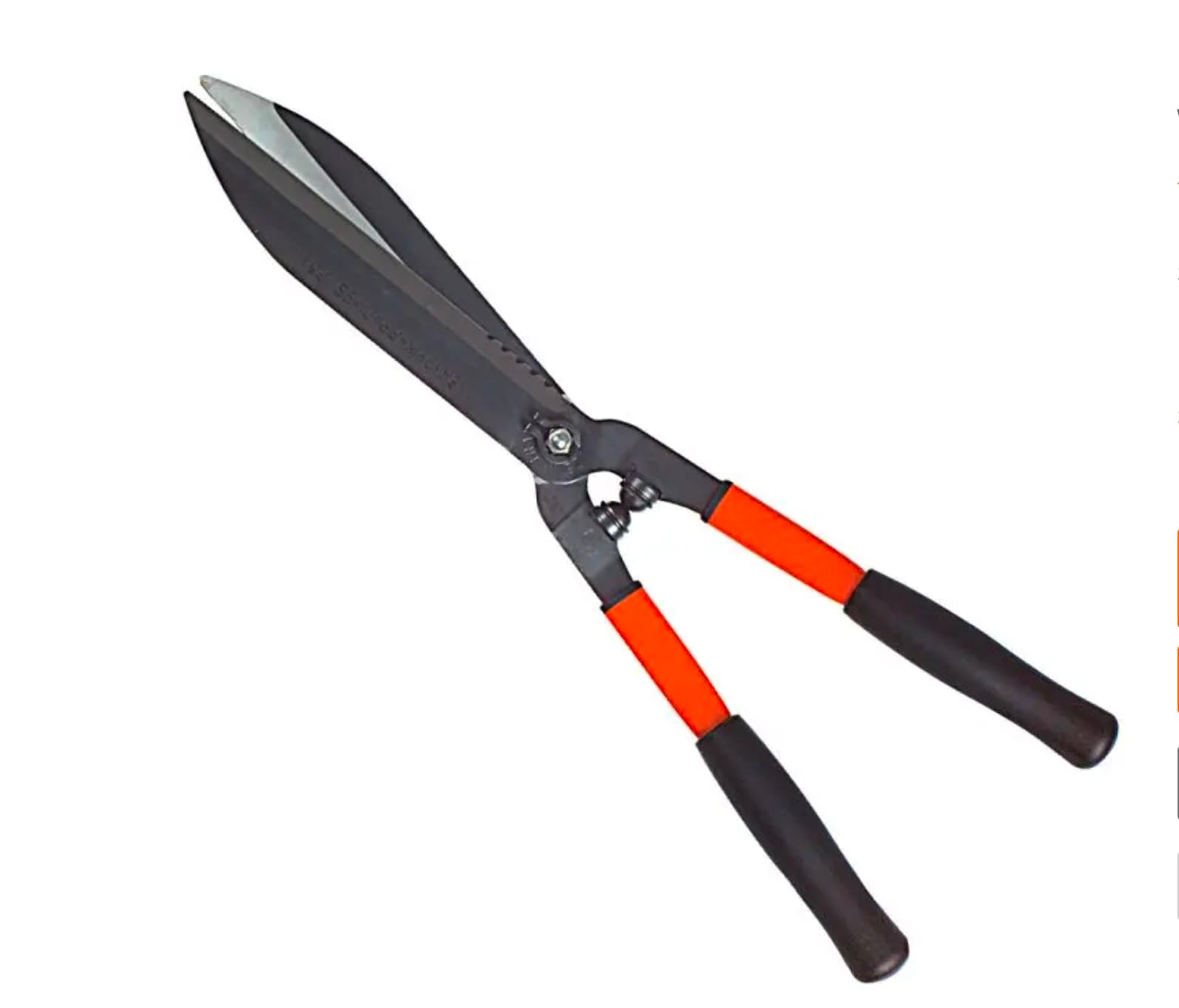
Bahco Hedge Shears - 23IN With 9-1/2IN Blade
Lightweight and durable. The last hedge shears you'll ever need.
Lilacs respond well to rejuvenation pruning as long as the plant is healthy. I've included before and after photos of two different varieties that were in shrub form, showing you how successful they turned out. Again, the most important thing to remember when rejuvenating a plant is to be sure it is dormant.
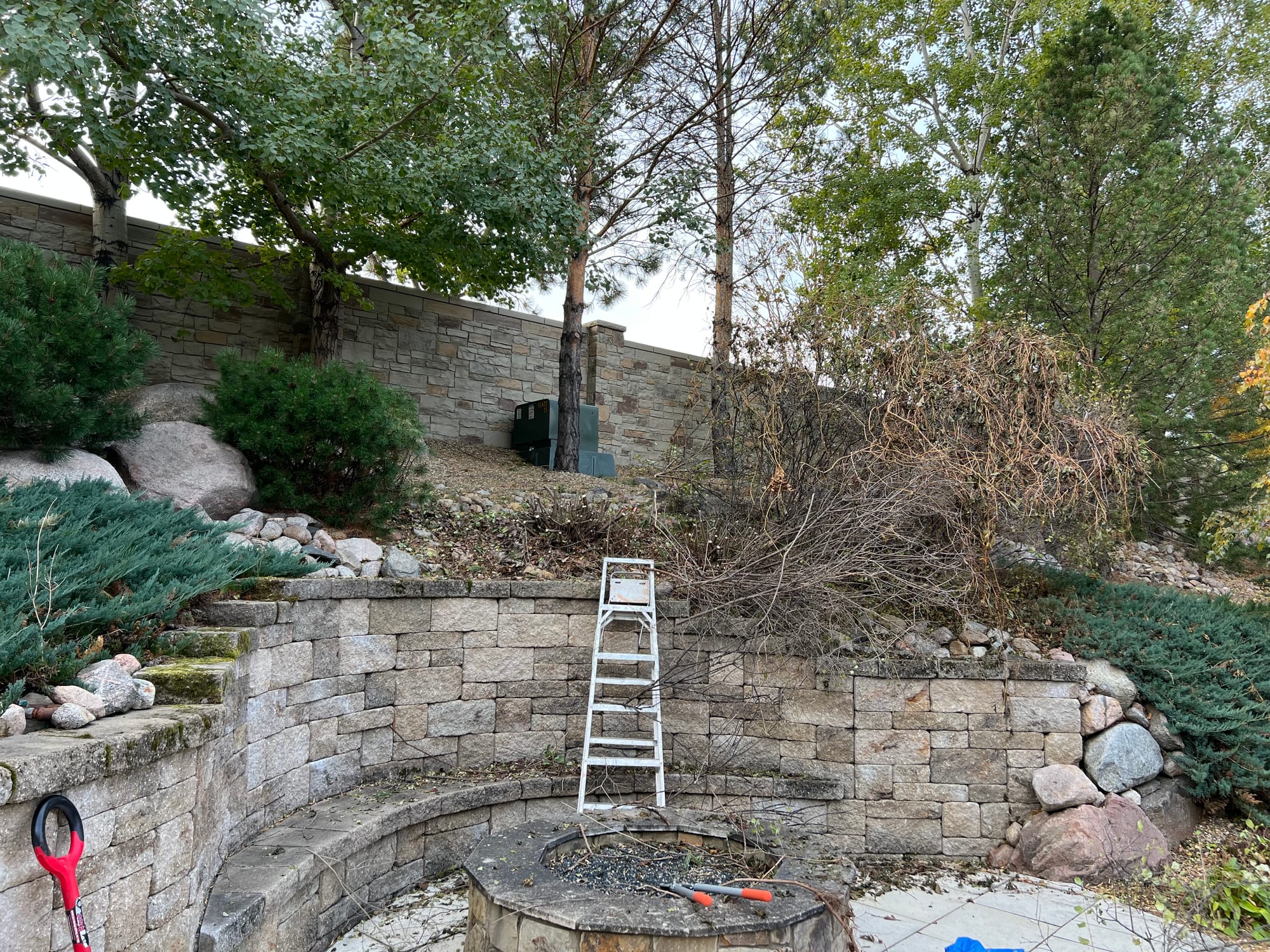
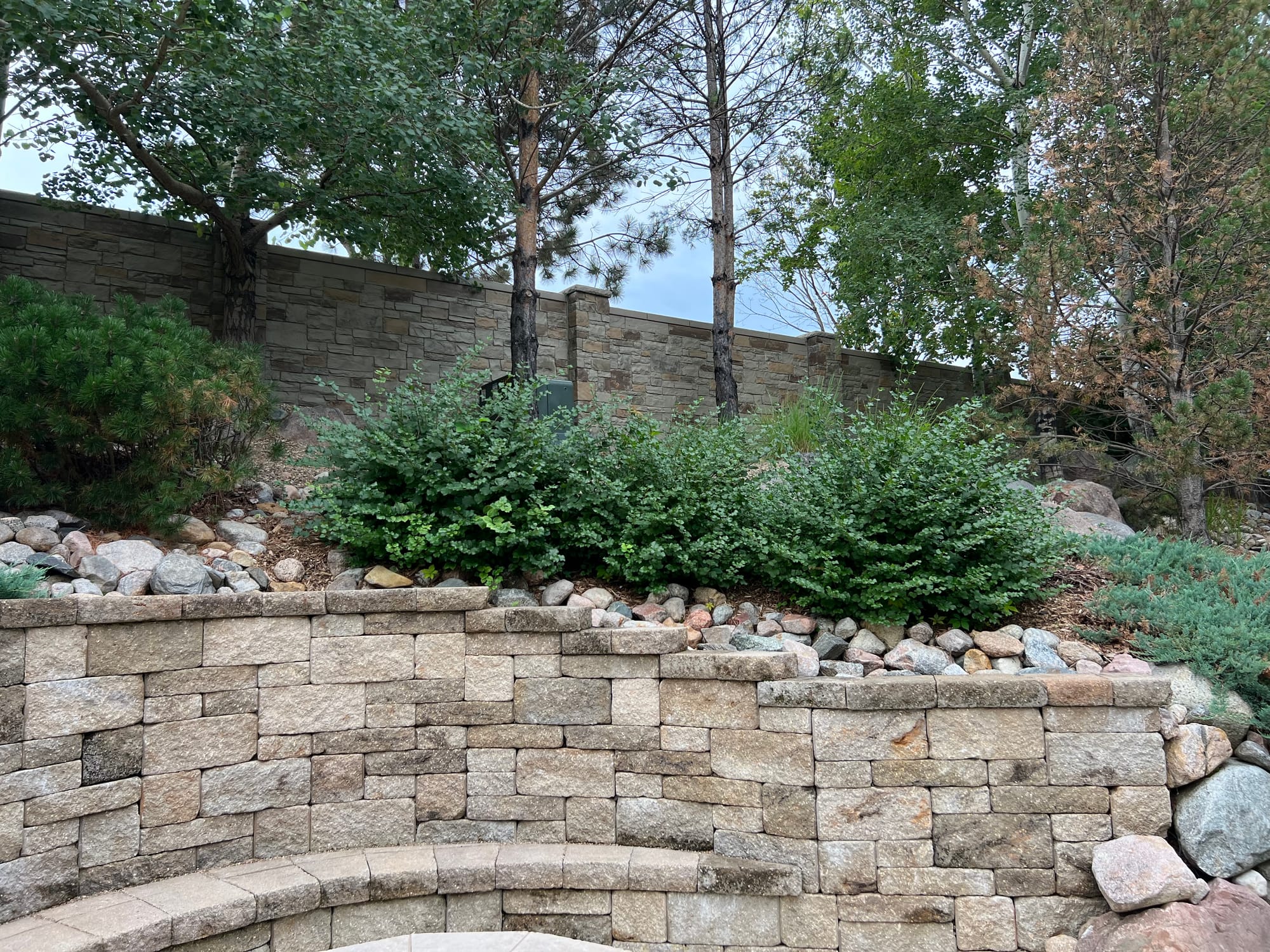

Rejuvenation On Dwarf Korean Lilac, Same Season Progression - Yellow Fall Color
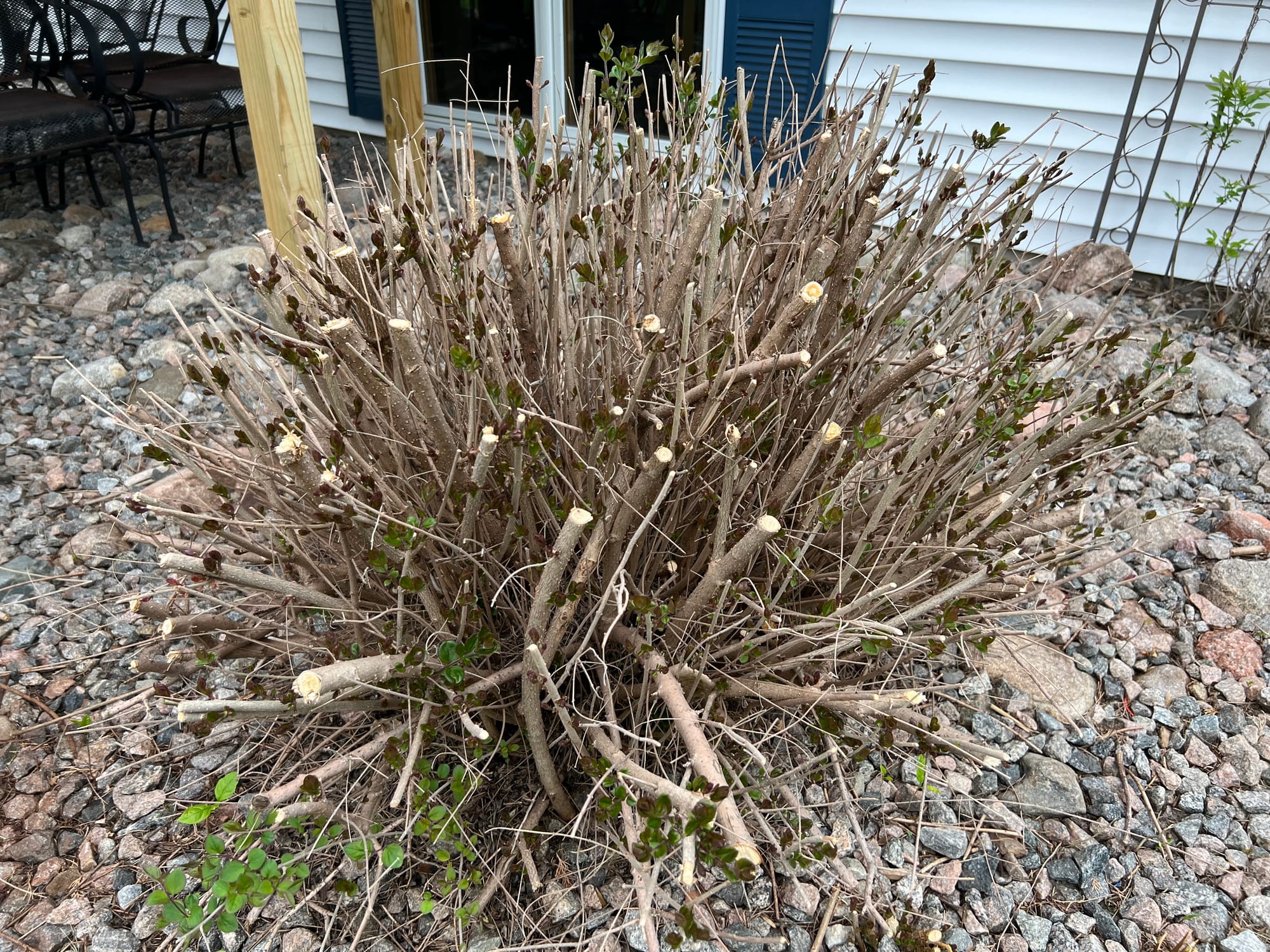
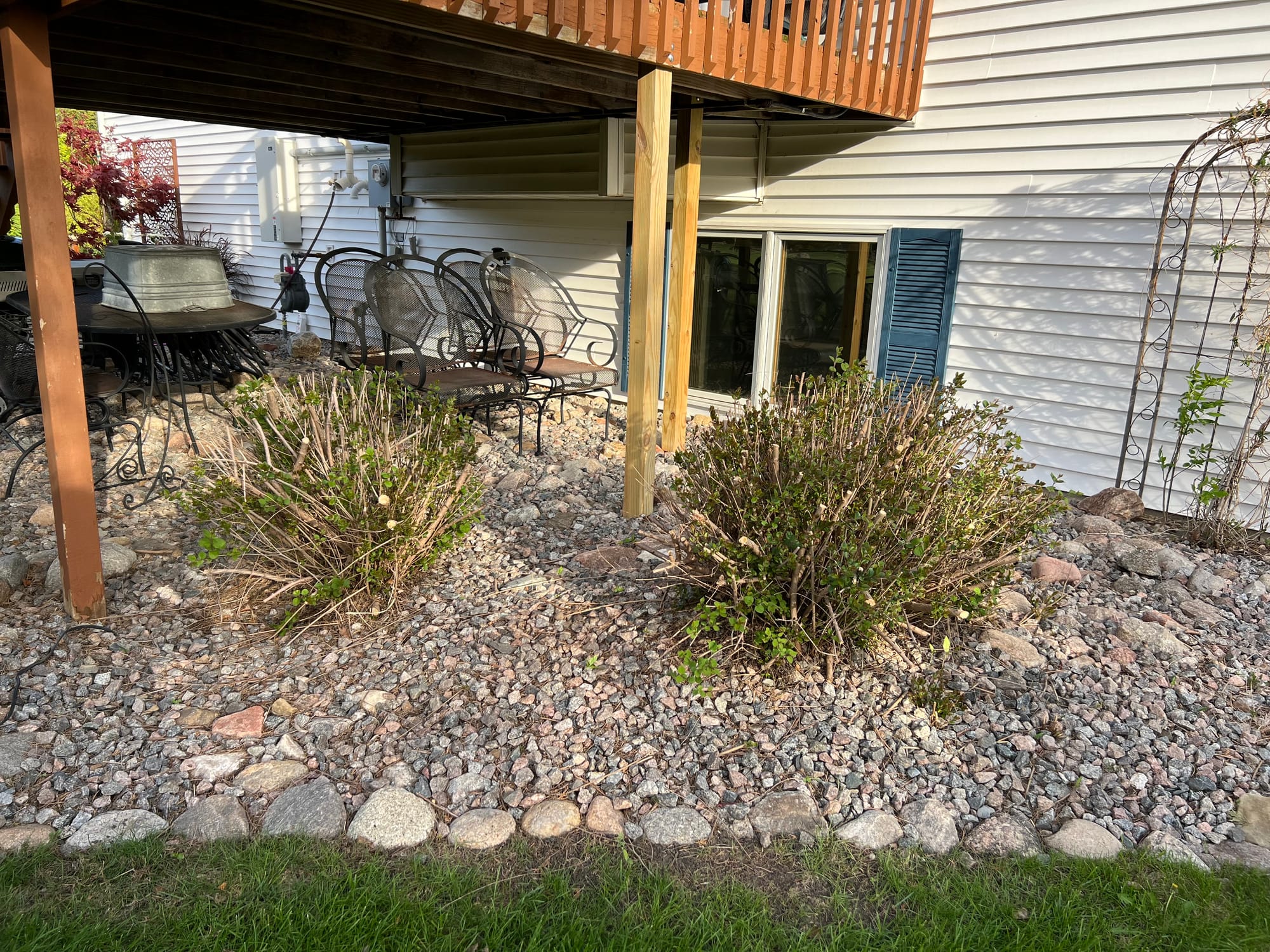
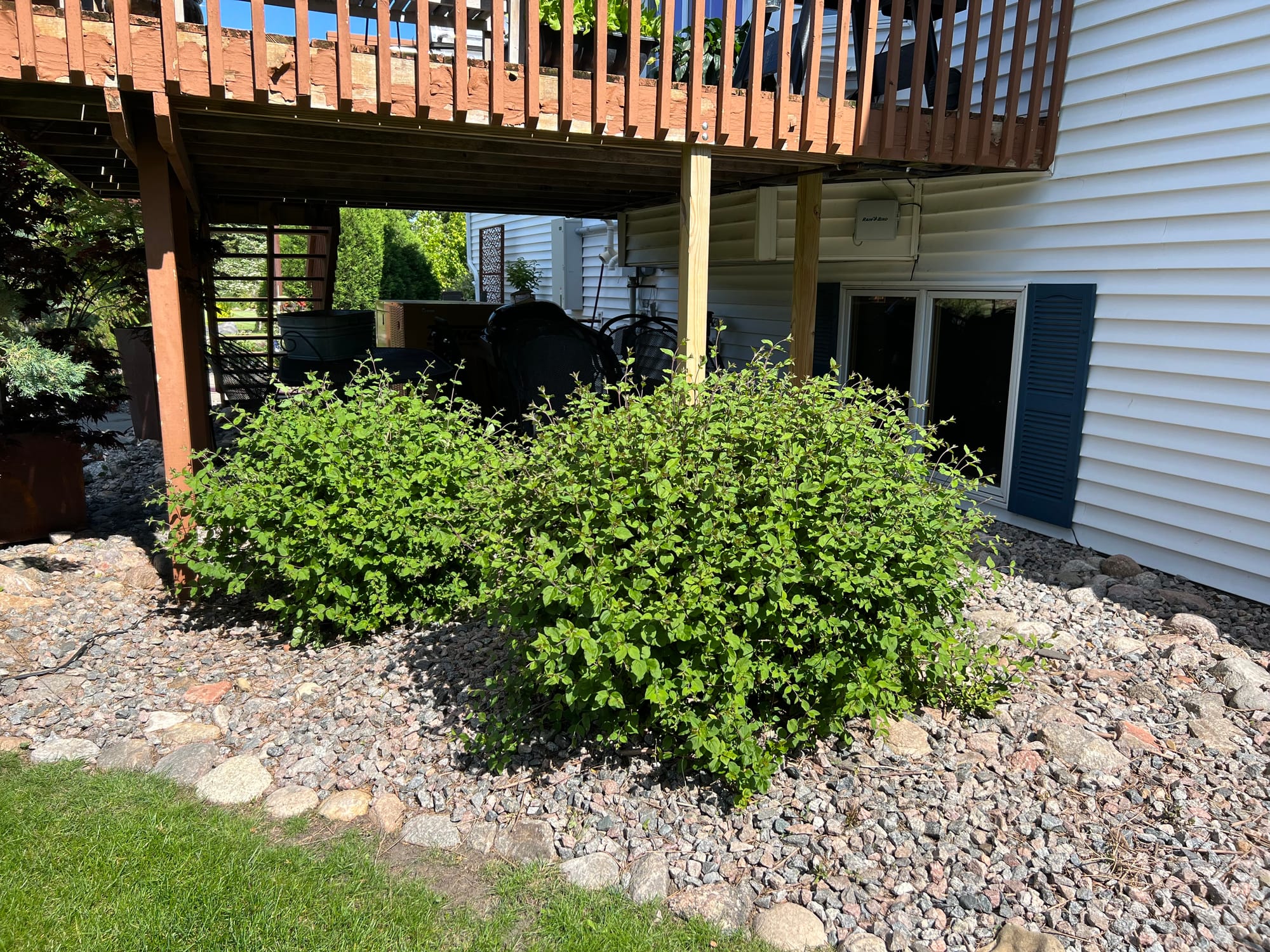
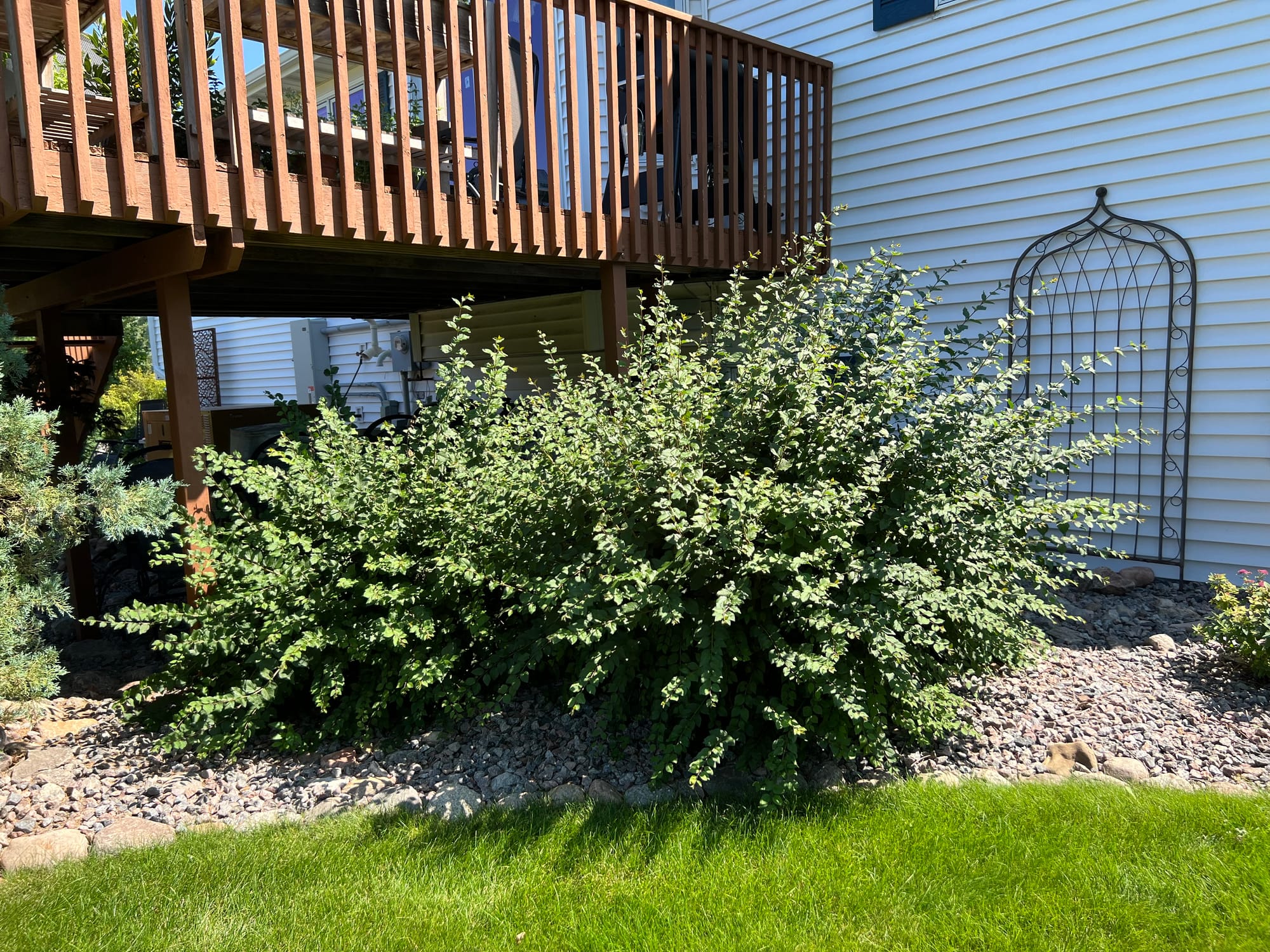
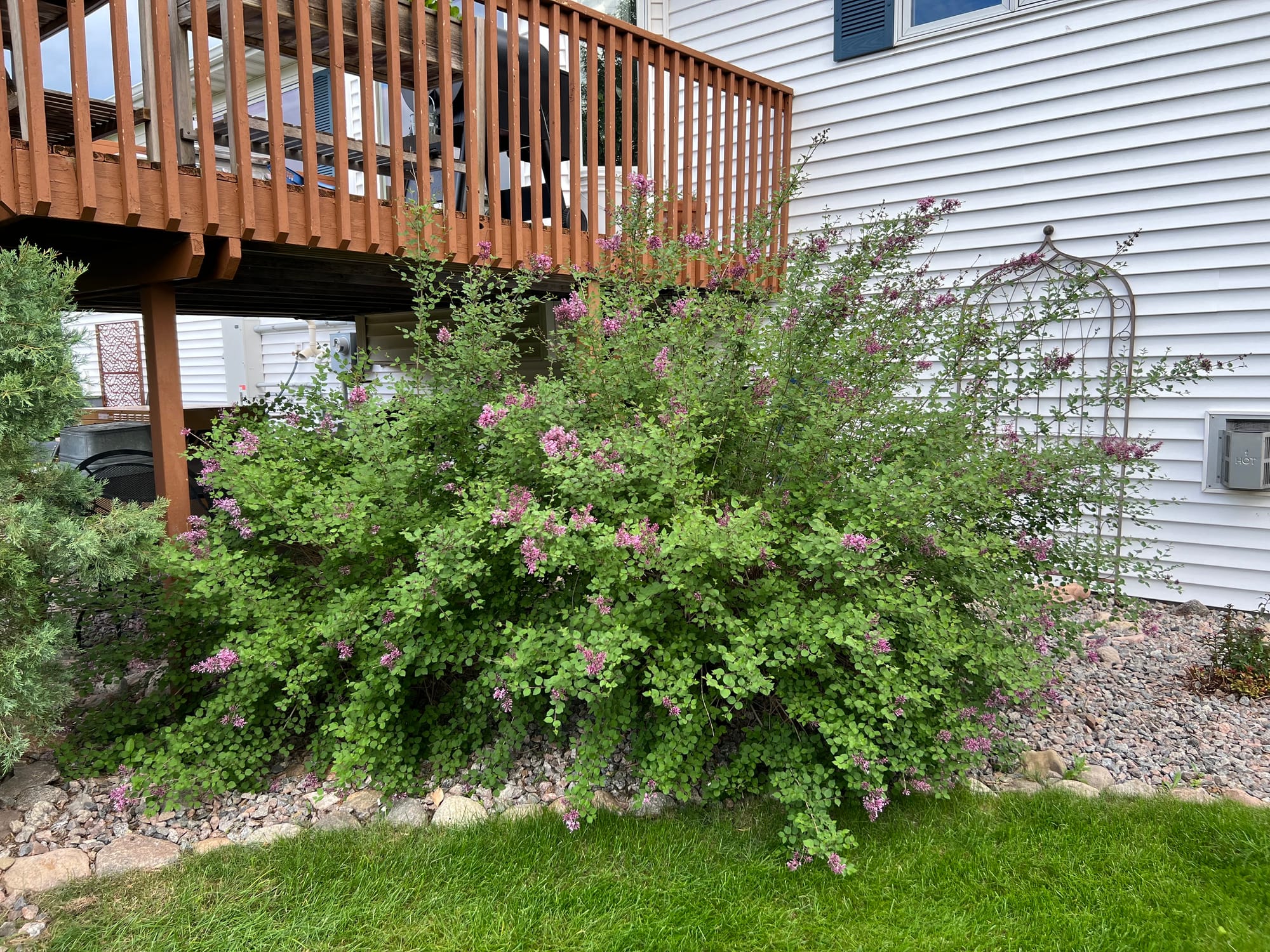
Rejuvenation On Bloomerang Lilac, Same Season Progression
If you love Lilacs, here’s another video highlighting Miss Kim, Bloomerang and Dwarf Korean.
And one more on Japanese Tree Lilac varieties.
Thanks for stopping by Garden Hike!
Kevin
Make sure you check out A.M. Leonard for all your horticulture tools and supplies. They're my go-to supplier! They've been in business since 1885 and have excellent quality and selection.
Use promo code GARDENHIKE10 at checkout to receive 10% off any order.

When you purchase through links on this site, we may earn a small commission at no additional charge to you.
